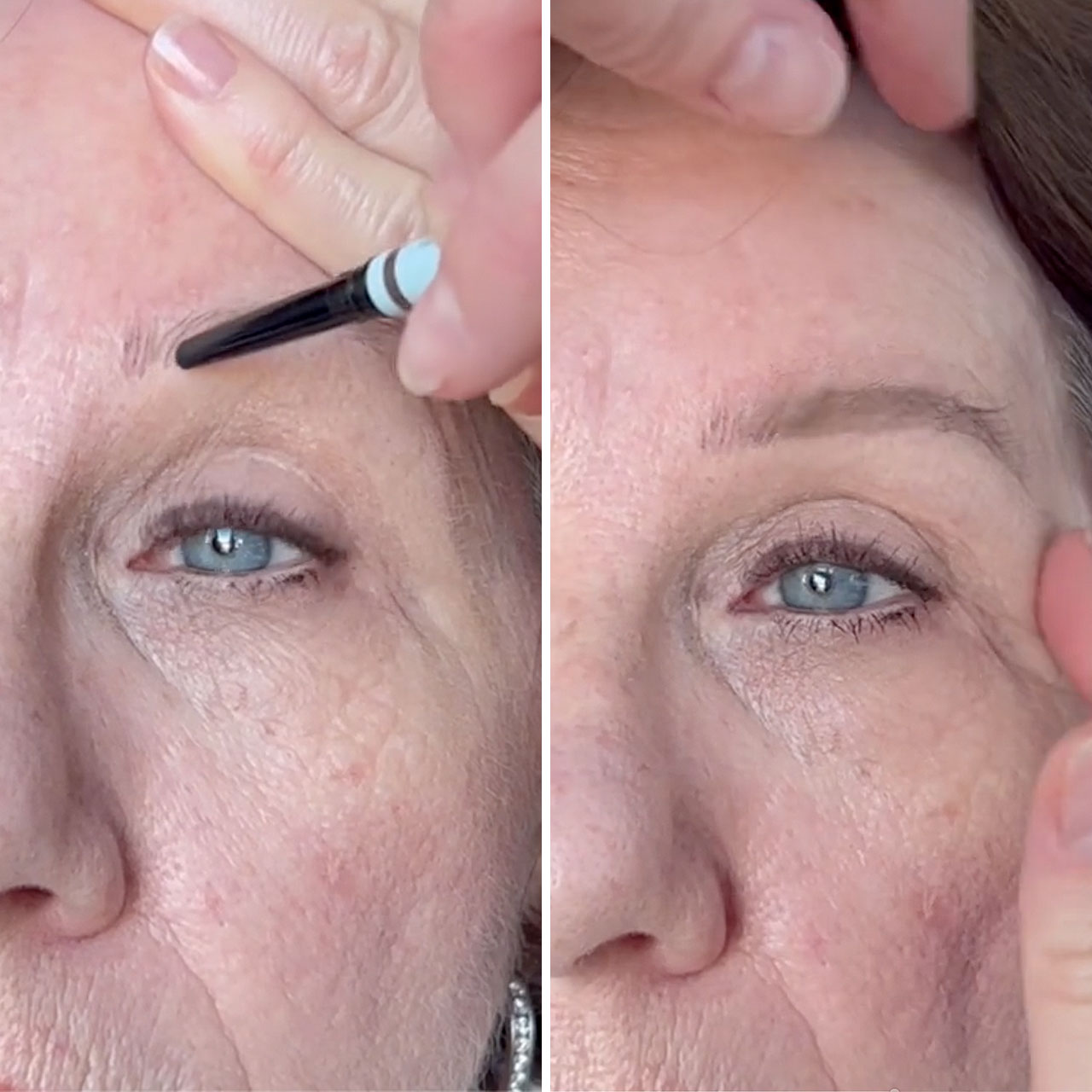With how many photos we see online of women with thick, long hair, those of us with hair on the finer side can feel insecure about its texture and thickness. One common misconception about fine hair is that it is the same thing as “thin” hair. Having fine hair means the diameter of your strands are small, and doesn’t have anything to do with the thickness. “Basically, fine hair is like a string compared to coarse hair being more like a rope. You can also visualize pasta; vermicelli versus rigatoni. Fine hair has fewer layers of keratin (proteins) that comprise each strand of hair which makes it more fragile to heat, UV rays, and chemical processing.” Says Stacy Wells, CEO of L’Espirit Academy. The density of hair, or the thickness, is how many strands there actually are on someone’s head. This means that it is possible to have fine and thick hair. However, because fine hair means smaller strands, it can give the appearance of sparseness.
Because of this, the density of the “fine” hair would dictate what hairstyles you should avoid. But, Wells shared a few rules of thumb she recommends that you keep in mind during your next salon visit. If you have fine and thin hair, one cut that may not be flattering for you is anything with wispy bangs. Although they’re wildly popular right now, bangs aren’t the best if you’re trying to get more fullness and volume. “Avoid wispy bangs if you want a fuller look, as wispy accentuates sparseness,” Wells says, “Adding layers to build some weight to the hair would be the move for fine hair of different density, texture and condition.” If volume is what you struggle with, avoid wispy bangs and try layering up instead to give the illusion of fullness.
Just as important is how you care for your fine hair. First and foremost, Wells recommends using high quality hair products prescribed by your stylist. “Professional products use higher quality ingredients that are much more concentrated than the bargain or drug store brands, so you actually use less and spend about the same amount over time.” Many cheaper products also have ingredients that are incredibly damaging to fine hair—two of the most common are salt thickening agents and silicone, which can overtime cause your hair to feel lifeless and limp. You should also be careful with how much heat you use—fine hair is more sensitive to damage, and using hot tools can lead to breakage and changes in texture if they’re used too frequently. When you do use heat, be sure to always use a heat protectant.

It’s important to note that everyone’s hair is different, so at your next salon visit you should ask your stylist what they think is best for your unique hair type and texture. But if you do have fine hair, it’s probably best to avoid wispy bangs or anything that brings attention to sparseness. Instead, try a haircut that works in lots of layers, as this will give you more volume and fullness and amplify your natural hair.


























